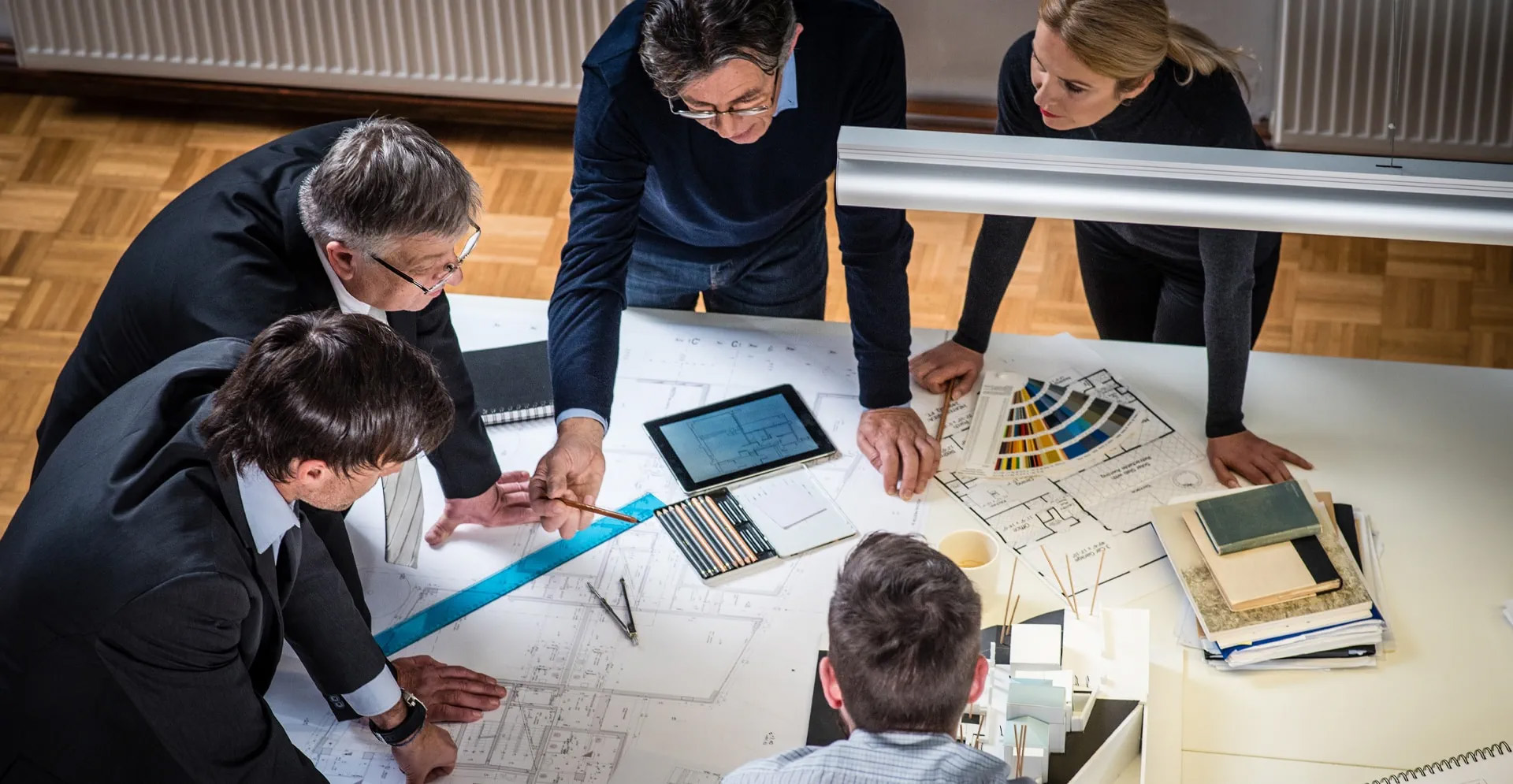Jeffrey C Kadlowec, Architect
Abstract
The construction industry produces enormous amounts of carbon emissions and demolition waste. Incorporating modern manufacturing techniques has the potential to revolutionize the global market through modularity and prefabrication. Increasing productivity while improving quality and reducing environmental impact have been the focus of much research and continued efforts in recent decades. Understanding international cost comparison, comparable pricing and representative value is an essential part towards achieving these goals.
Keywords: cost comparison, modular construction, prefabricated manufacturing, purchasing power parity

Comparing Prices
Developed countries around the world are focusing on achieving carbon neutrality. The construction industry remains a large consumer of natural resources and producer of carbon emissions, leading to environmental degradation. Demolition further increase that impact, creating 25% of global waste [Chen 2024]. The traditional linear model of production must be adapted towards a circular economy through restorative and regenerative design processes (see Fig 1).

Figure 1. Life cycle of prefabricated modules in a circular economy [Chen 2024]
Borrowing from procedures and techniques developed over the past century in the manufacturing industry, modular and prefabricated approaches have gained much attention in the last few decades. Assembling pre-engineered components that can be transported to site and erected in standardized modules is the most efficient means of achieving future goals. Uniform dimensions allow for disassembly, repurposing and reintegration, thereby reducing waste and demand for materials [Chen 2024]. Research in project design, reuse of materials and components, life cycle assessment, supply chains, methodologies, and framework continues to explore costs and benefits. Initial capital costs remain the primary obstacle for development of green buildings, though modeled cost comparisons illustrate that they are not inherently more expensive due to sustainable materials and building systems [Rehm 2013].
Productivity improvements are needed on most construction projects as they continue to fall short of expectations with low profit margins. Shortages in engineering capabilities, lack of skilled workers, and unfavorable weather conditions compound problems in productivity. Modular construction utilizing dry factory methods seeks to minimize traditional on-site wet means to improve quality and efficiency [Jang 2022]. Fabrication of modular units that can be assembled and erected into a final building and easily maintained or renovated will lead to shorter production durations and reduced field labor costs, creating reusability or adaptability and environmental benefits (see Fig 2).

Figure 2. Modular construction methods. [Jeng 2022]
Three-dimensional (3D) printing is an automated process of rapid prototyping (RP) from additive manufacturing (AM) that utilizes computer numerical control (CNC) to operate tools. Some wet operations are suitable for application of this technology, allowing for contour crafting (CC) of layer-by-layer formation, D-shape process through powder deposition and hardening binder, and concrete printing of extruded cement mortar [Allouzi 2020]. Establishing a batch plant on-site or in close proximity to it would provide the readily available structural components, reducing standard lead times and eliminating transportation costs of pre-fabricated building elements.
The importance of international construction projects is increasing in the globalized marketplace through acquisitions by foreign companies and outsourced design work reducing delivery time and cost [Walsh 2005]. Prices of material, labor, equipment and financing are critical in this process, making cost comparisons between different countries essential in the supply chain analysis. Construction value and labor rates are regularly reported in US dollars as the standard currency. Conversions are calculated by exchange rates in international banking systems with transfer of capital across national borders. Relative confidence in the regional economies, tariff and taxation policies, and a variety of transportation issues must be factored into these figures.
Purchasing power parity (PPP) was developed through the World Bank as an alternative method of international cost comparison. The PPP structure represents prices of identical goods and services as a ratio between different currencies [Sawhney 2004]. Construction costs must be estimated at various levels from the project to the components and work items utilizing comparable pricing and representative value. The standard project method (SPM) of cost estimating remains a difficult and time consuming task with the basket of goods and services or basket of construction components as possible alternatives.
References
Allouzi, Rawan; Al-Azhari, Wael & Allouzi, Rabab. (2020). Conventional Construction and 3D Printing: A Comparison Study on Material Cost in Jordan. Journal of Engineering. 10.1155/2020/1424682.
Chen, Lijie; Huang, Zhenyu; Pan, Wei; Su, Ray, Zhong, Ying & Zhang, Yi. (2024). Low Carbon Concrete for Prefabricated Modular Construction in Circular Economy: An integrated approach towards sustainability, durability, cost and mechanical performances. Journal of Building Engineering. 10.1016/j.jobe.2024.109368.
Jang, Hanbyeol; Ahn, Yonghan & Roh, Seungjun. (2022). Comparison of the Embodied Carbon Emissions and Direct Construction Costs for Modular and Conventional Residential Buildings in South Korea. Buildings. 12(51). 10.3390/buildings12010051.
Rehm, Michael & Ade, Rochelle. (2013). Construction Cost Comparison between ‘Green’ and Conventional Office Buildings. Building Research & Information. 41(2): 198-208. dx.doi.org/10.1080/09613218.2013.769145.
Sawhney, Anil; Walsh, Kenneth & Brown, Audrick. (2004). International Comparison of Cost for the Construction Sector: Towards a Conceptual Model. Civil Engineering and Environmental Systems. 10.1080/10286600410001665644.
Walsh, Kenneth; Sawhney, Anil & Brown, Audrick. (2005). International Comparison of Cost for the Construction Sector: Purchasing Power Parity. Journal of Construction Engineering and Management. 131(2): 160-167. DOI: 10.1061/(ASCE)0733-9364(2005)131:2(160).



